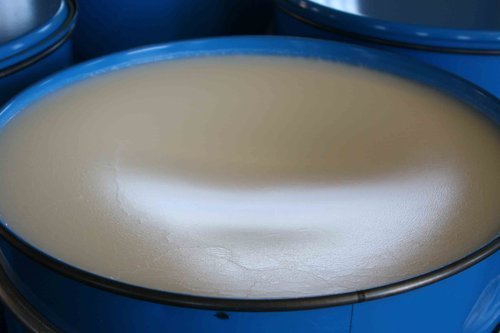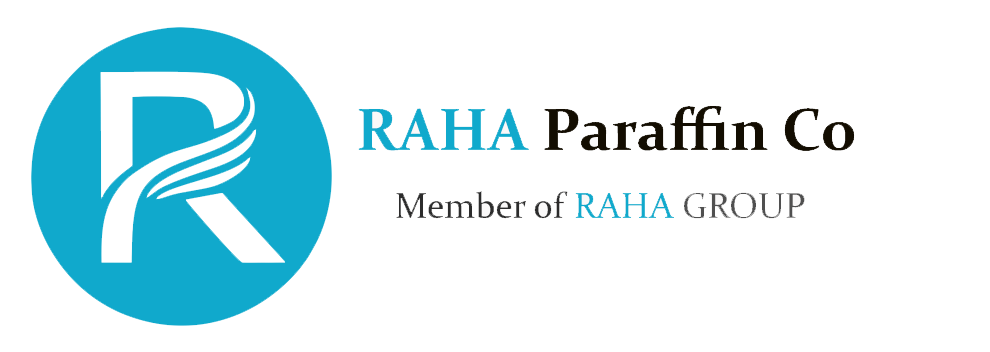Vaseline Raw Materials

Vaseline is a widely distributed product that heals, rejuvenates, and moisturizes dry, cracked skin. It is a semi-solid, with a mixture of hydrocarbons mostly found in petroleum. Advertised to be 100% pure petroleum jelly, Unilever has continued to sit at the top of the skincare market for nearly 135 years.
Compared to the commercial giant it is today, Vaseline had small and humble beginnings. Vaseline, first known as the “Wonder Jelly,” was invented by Robert Augustus Chesebrough. He was intrigued by miners who would apply a byproduct from the oil drilling. This byproduct was unrefined petroleum jelly, also known as rod wax. The workers would apply the rod wax on their burns, and Chesebrough decided to research further into it. He performed many tests of refinery and distillation to help create a safer and better product. Even though Vaseline is a versatile fix-it solution, it is composed of unsustainable and unhealthy materials that are hazardous to the environment around it.
Vaseline Raw Materials
Crude oil is the overarching umbrella material that all of the byproduct raw materials are created from. Crude oil is first created through the compression and heating of organic materials for many years. The formation of crude oil happens through a process called diagenesis, which melts the organic material and mud together through sediment compression. Crude oil, in terms of content percentage, varies greatly. Refineries will process the crude oil differently depending on its chemical composition and contents. Since the main ingredient, petroleum jelly, consists of varying amounts of both solid and liquid hydrocarbons, there are many methods for refinement.
For the extraction process, miners drill into the oil fields, which is highly detrimental to the environment, as petroleum is the residue from nonrenewable fossil fuels. Unilever’s site claims that their raw material extraction makes up a whopping 29% of the company’s greenhouse gas footprint. They understand that sustainability is important to both their customers and the rest of the community, and have implemented plans to become 100% agriculturally sustainable and renewable sources by 2030. However, Unilever skips over how they intend to transform their Vaseline with this plan, given that Vaseline consists of 100% petroleum jelly – a byproduct from nonrenewable fossil fuel sources.
Byproducts
After some processing, crude oil becomes petroleum oil through extraction of liquid hydrocarbons at petrolatum refineries. Vacuum distillation followed by filtration of the residue through bone char will then yield petroleum jelly, the primary ingredient in Vaseline.
Petroleum jelly, our main ingredient, makes up the highest percentage of product within the Vaseline mixture. It is mined in various factories scattered throughout Africa. Vaseline comprises of 6 main ingredients ( Vaseline Raw Materials )– petroleum jelly, paraffin oil, paraffin wax, lanolin, Vitamin E, and polypropylene for the packaging. Petroleum jelly, paraffin oil, and paraffin wax are all various byproduct forms of crude oil.
Primary Material: Petroleum Jelly
Although Chesebrough essentially had a foolproof recipe to start with for the clear and odorless semi-solid, the production and ingredients of Vaseline have changed slightly since its beginnings. The distillation and filtering process have remained relatively the same. Because of this, artificial Vaseline has several more materials than the advertised 100% pure petroleum jelly. Vaseline is the only petroleum jelly product with a triple-purification seal. The purification process includes distillation, de-aeration, and filtration. This ensures that the waxy substance is free of air bubbles and as uniform as possible.
Paraffin Wax and Oil
Unmentioned by not unknown, paraffin wax and paraffin oil are two important ingredients to Vaseline. The term “paraffin” is often used interchangeably with alkane. Paraffin oil is used to adjust the consistency of the mixture. It is an oil that reduces thickness and has nourishing abilities, but on the other hand can serve as a flammable hydrocarbon or used as jet fuel. Paraffin wax is one of the other byproducts created from distillation, and is separated and refined to be mixed back together later on. It is found combined with slack wax, made of oil and wax, which is a byproduct from lubricating oil. Paraffin wax is purified through sweating and solvent refining. The wax often has things added to it in order to achieve a goal – for example, reaching a certain melting point, or trying to obtain a high viscosity.
Other Raw Materials
Lanolin is made of sheep wax. It adds a level of elasticity to the Vaseline. The extraction of crude wool to processing of lanolin is relatively simple. First, the wool wax is refined by placing it in an aqueous acid solution which neutralizes the acids. It is placed through another process which has a much denser alcohol solution, in order to rid it of all impurities. It is then placed in a vacuum where it is dried, and reemerges as a pale, ointment-like substance. Vitamin E is the last raw material that goes into the mixture. It is typically extracted from wheat germ oil. Serving as an antioxidant, vitamin E helps with dry and cracked skin.
Polypropylene Containers
Polypropylene is recycled and melted together with other types of plastic, created from propene in a Ziegler-Natta catalyst in a polymerization process. For polypropylene production, “Various production processes exist with some general similarities. They are taking place either in a gas-phase (fluidized bed or stirred reactor) or a liquid-phase process (slurry or solution).” By cutting down on the amount of plastic used, Unilever is saving energy and the amount of new plastic used.
Processing
Natural petrolatum can be purified in several different ways, including treatment with sulfuric acid followed by neutralization with sodium hydroxide; filtration through bleaching earth, animal charcoal, silica gel, or aluminum silicate; selective solvent extraction; catalytic hydrogenation. The only difference between yellow and white petrolatum is that the white petrolatum has been processed much more, resulting in a more colorless semi-solid. To create the white petrolatum, the crude oil byproduct raw materials must be melted together. Vitamin E is added later on into the mixture, placed in containers made of polypropylene from machine molds.
Discussion
Generally speaking, extracting crude oil in its rawest form is harmful to the environment. The byproducts as a mixture, in Vaseline, may not seem like it has a direct impact in terms of its greenhouse gas footprint, but the productions to refine and purify the residue have CO2 emissions. Extracting the raw materials, separating them, refining them, melting them, and mixing them does not come without consequences. The only option would be to scrap Vaseline altogether and switch to coconut oil. As far as distribution, transportation, recycling, and waste management processes go, Vaseline has no new raw materials involved.
What does this mean for our future? ? ?

